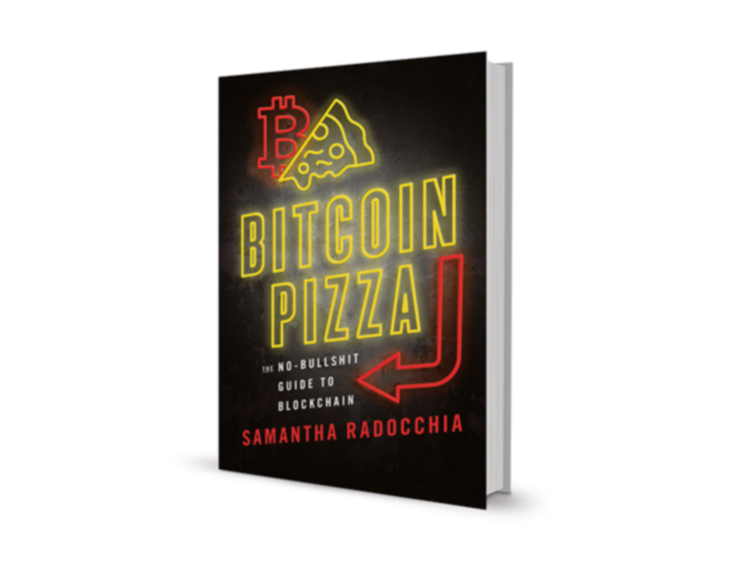In the coming digital revolution, this technology is going to change your life.

Get ready, blockchain is coming here. Blockchain isn’t just a technology; it’s a paradigm shift that represents a change in how business is done. Its applications reach into industries of all types and play a key element in the convergence of new technologies such as big data, machine learning, AI, additive manufacturing, vertical farming, robotics, biotechnology, and the Internet of Things (IoT).
It’s more than a database. Although blockchains are often compared to databases, the differences are important. A blockchain is a network that shares or distributes data or proof of data. The data stored in a blockchain must be validated and made impossible to tamper with before it can be shared. Once it is written, it cannot be altered — it’s an “immutable record.” If the transaction code is altered or inaccurate, it can’t be properly decrypted, so the transaction is rejected. Each time a blockchain is updated with a new transaction block, that transaction must be verified before being distributed throughout the network.
Trust this. Each blockchain creates a protocol or set of protocols that promotes a transaction. It is essentially a peer-to-peer technology capable of creating networks between individuals, databases, corporate entities, and countries — networks that can be trusted because the technology eliminates the need for trust. (Oxymoron alert!) Blockchain disintermediates middlemen (and women), eliminating the need for centralized clearinghouses, such as banks and governments, to verify transactions.
Just around the corner. Let’s look (maybe) 10 years into the future as up-and-coming technologies become more common. For example, with autonomous vehicles, we’ve come to realize there’s much more to a transportation system than passengers and vehicles. There’s “the machine economy” or “machine-to-machine” interactions: vehicle-to-vehicle, vehicle-to–charging station, vehicle-to–parking garage, and vehicle-to-sensor. When electric autonomous vehicles stop at a light, they could be sitting atop or near a radiant electric charging station, so they can drive all day without stopping to plug in to a charger. Each electrical “fill-up” is a micro-transaction that the car pays for with a blockchain “wallet,” which verifies the car’s identity and approves the transactions.
We might not be able to see what’s coming, and it might not take a linear path, but in time we’ll get there. We’re all taking part in building a new social operating system and a future where we restore connections with ourselves, with each other, with our environment, and with the products we consume.
Entrepreneur Samantha Radocchia ’11 slices and dices blockchain and cryptocurrencies in her new book, Bitcoin Pizza.
